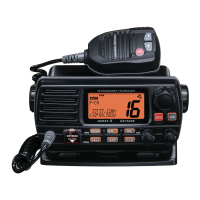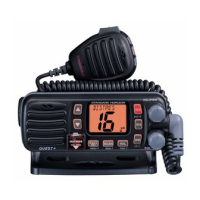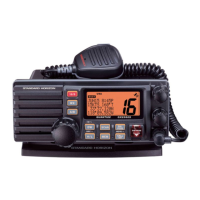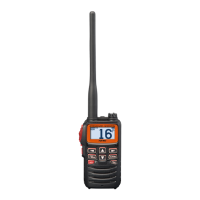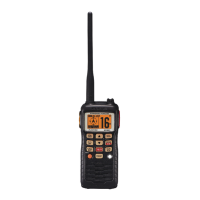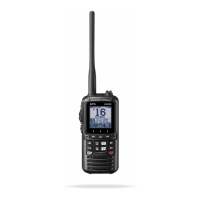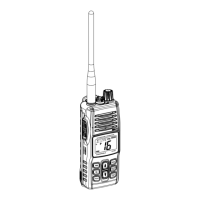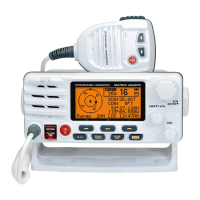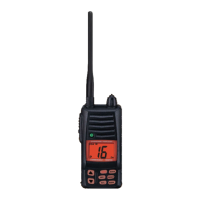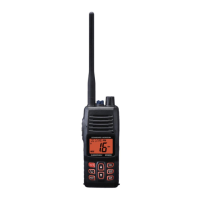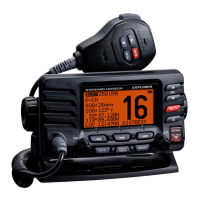Page 1GX1500S
QUEST-X GX1500S
25 Watt VHF/FM
ITU Class D DSC Marine Transceiver
Owner's Manual
Waterproof construction
Commercial grade ITU Class D DSC VHF
Independent Channel 70 receiver built-in for continuous DSC watching
Capable of connecting up to one second station microphone
Intercom between radio and second station microphone
DSC position request and send functions with compatible STANDARD
HORIZON GPS Chart plotters
Versatile user-programmable scanning, priority scan and Dual Watch
One-button access to Channel 16 and 9
Oversized rotary channel knob, backlit display and keys.
Navigation information shown on display when optional GPS connected
